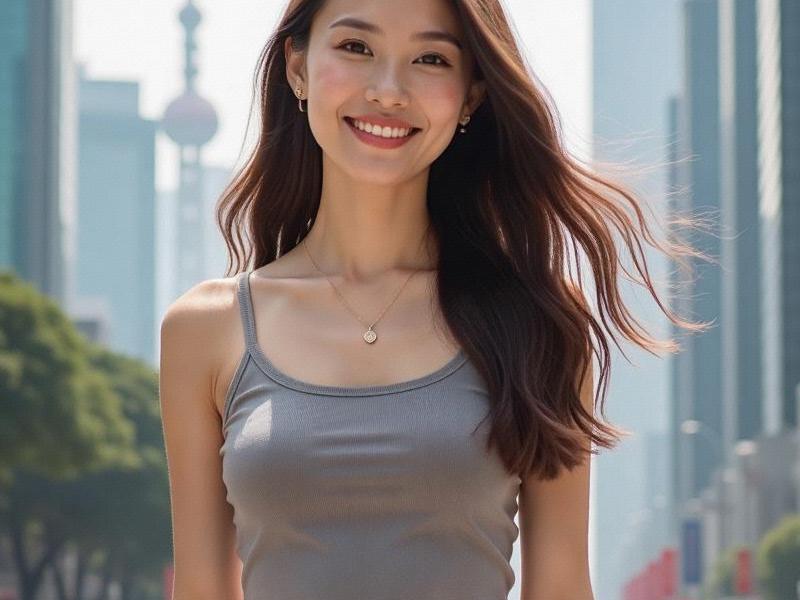
Section 1: The Digital Face of Tradition
Historical Context:
- 1930s: Qipao silhouette refinement
- 1980s: First Western cosmetic adoption
- 2000s: Korean beauty wave influence
- 2020s: AI-powered personalization
Current Statistics:
- 92% use AR beauty apps daily
- 68% blend TCM with high-tech skincare
- ¥4,200 average monthly beauty spend
- 41% have digital beauty avatars
Section 2: The Beauty Tech Revolution
上海龙凤419足疗按摩 Innovation Highlights:
1. AI-Powered Customization
- Skin diagnostic algorithms
- Virtual try-on systems
- DNA-based regimen builders
2. Cultural Tech Fusion
- AR cheongsam pattern generators
- Digital ink painting makeup
- Holographic face reading
Section 3: The New Economic Powerhouses
Industry Impact:
- 38% of China's beauty tech startups HQ'd in Shanghai
爱上海419 - ¥87B local beauty economy in 2024
- 1:4 male-to-female cosmetic spending ratio
- "Beauty architects" emerging profession
Section 4: The Cultural Custodians
Heritage Preservation:
- Digital museums of Republican-era styles
- QR-coded historical beauty tutorials
- Blockchain-authenticated vintage looks
- AI-reconstructed 1930s makeup techniques
Section 5: The Confidence Equation
Psychological Shifts:
上海龙凤419 - From conformity to curated individuality
- "Smart beauty" over "perfect beauty"
- Digital detox movements
- Anti-algorithm makeup trends
Conclusion: The Shanghai Aesthetic Code
Defining Characteristics:
1. Technological mastery as self-expression
2. Cultural literacy as competitive edge
3. Data-informed individuality
4. Disruptive traditionalism
Shanghai women aren't adopting beauty standards - they're programming them.
